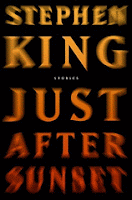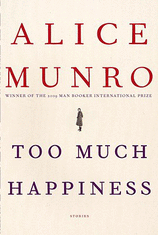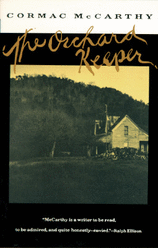 Susan Breen's novel, The Fiction Class, is the story of a woman's relationship with her ailing mother and the offbeat members of the creative writing workshop she leads.
Susan Breen's novel, The Fiction Class, is the story of a woman's relationship with her ailing mother and the offbeat members of the creative writing workshop she leads.Breen's short stories have been published by a number of literary magazines, among them American Literary Review and anderbo (which lists her story “Triplet” as an anderbo classic).
Almost two weeks ago I asked her what she was reading. Her reply:
Every October when the finalists for the National Book Award are announced, I go out and buy the five books. (I consider that to be my annual Christmas present to myself and the book industry.) Usually I haven’t heard of any of the books, which is part of what makes it so much fun because it exposes me to work that is completely unexpected (and occasionally disagreeable.) After all, most of the time when I sit downVisit Susan Breen's website and blog.with a book, I’ve carefully chosen something I think I’m going to like. I believe it’s important, especially for a writer, to expose myself to new voices.
So far, I’ve read only one of the five books—American Salvage by Bonnie Jo Campbell. This is a collection of short stories published by the Wayne State University Press. The book itself , a paperback, has a surprising physical heft to it. The cover is smooth and heavy and the pages thick, the type gorgeous. It made me realize how beautiful a book can be—even leaving outside the words that are in it. The stories in the collection are intense, occasionally funny, occasionally so bleak I felt like someone had put a rock on me. A few of them I loved. The first story, titled “The Trespasser,” is about a family that comes home to find that a trespasser has been living in their house. I loved the way Campbell handled the omniscient point of view, something I’ve always wanted to try in a short story. My favorite story, “Falling,”was about a woman who has to come to terms with a young man who betrayed her trust. The characters were flawed, but good-hearted. The final paragraph was very moving—I love a story that ends with hope of redemption.
Next up on my list of NBA nominees is Let the Great World Spin (Random House) by Colum McCann. Then In Other Rooms, Other Wonders (W.W. Norton & Co.) by Daniyal Mueenuddin, Lark and Termite (Alfred A. Knopf) by Jayne Anne Phillips and Far North (Farrar, Straus and Giroux) by Marcel Theroux.
--Marshal Zeringue

















































